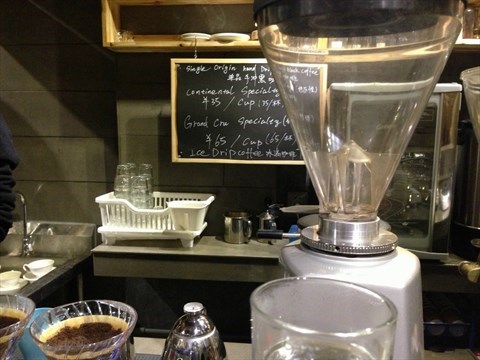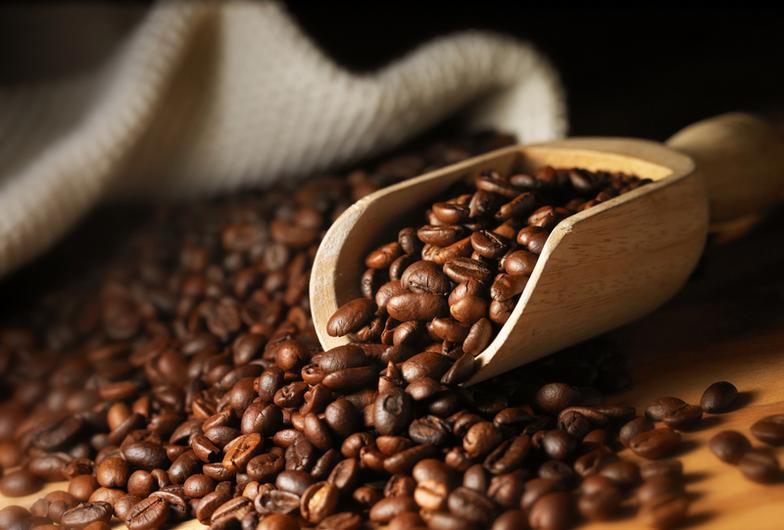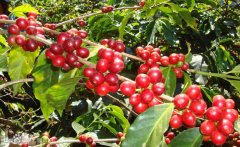How much is a jin of coffee beans? Growing coffee beans? Shumawa Manor Day in the Valley of Western Costa Rica
If you prefer not to spend too much money, learning to choose coffee beans is the first and most important step. If you want to make a good cup of coffee, in addition to your own technology, the most important thing is how to select high-quality coffee beans and how to better preserve them.
Here, I would like to make a few suggestions: when buying coffee, it is best to buy coffee beans rather than ground coffee powder. although they are all the same in essence, the actual situation is that the ground coffee powder is very easy to oxidize and is not easy to be preserved, even if the coffee powder that seems to be preserved for a long time is actually added with a lot of preservatives. This will greatly affect the taste of the later brewed coffee, so if you want to make a good cup of coffee, the best and most correct thing to do is to grind the coffee on the spot before brewing it. Only in this way can you keep the coffee mellow and taste to the greatest extent. Ordinary coffee beans can be preserved for about a month or so, but if it is coffee powder, it should not exceed five days at most.
Country: Costa Rica
Grade: SHB very hard beans
Producing area: orange County in the western valley
Altitude: 1670-1790 m
Treatment: insolation
Variety: Vera Saatchi
Producer: Shumawa Manor
Flavor: honey apple, air-dried berry, yellow fruit notes
Costa Rica is located in the Central American isthmus, and is simultaneously regulated by Pacific and Atlantic currents and sea breezes. There are many towering volcanoes up to 2000 meters above sea level in Costa Rica. Coffee berries grow slowly in the fertile volcanic ash soil and cool environment at high altitude, giving birth to coffee beans with complete and rich flavor.
Costa Rica began growing coffee two hundred years ago, first on the slopes of the Poas and Barva volcanoes, today known as the Central Valley. After years of development, Costa Rica has eight main producing areas, namely: Guanacastes, WestValley, CentralValley, Turrialba, Orosi, TresRios, Tarrazu and Brunca.
According to ICO, Costa Rica produces about 1.6 million bags of Arabica coffee a year, which is far higher in quality and price than Central American countries such as Guatemala and Honduras.
Costa Rica can be divided into two seasons each year. The dry season is from December to April, when coffee is harvested, while the rainy season is from May to November. In recent years, micro-processing plants have been set up one after another, and since the water consumption is only 5% of that of traditional washing plants, and does not require huge sinks and exposure fields, the investment required is relatively small. The "honey-treated coffee" with low acidity, high complexity and strong sweetness has become the target of competition in the coffee industry in recent years, and the outstanding ones have greatly enhanced the international popularity of the estates.

Important Notice :
前街咖啡 FrontStreet Coffee has moved to new addredd:
FrontStreet Coffee Address: 315,Donghua East Road,GuangZhou
Tel:020 38364473
- Prev

Where can I buy cheap coffee or coffee beans? Honey treatment of Jim Molina Manor in Nicaragua
If you prefer not to spend too much money, learning to choose coffee beans is the first and most important step. If you want to make a good cup of coffee, in addition to your own technology, the most important thing is how to select high-quality coffee beans and how to better preserve them. Here, I would like to make a few suggestions. When buying coffee, it is best to buy coffee beans rather than ground them.
- Next

China Yunnan coffee domestic coffee Yunnan coffee flavor China Coffee Network
Yunnan coffee was planted on a large scale in the mid-1950s, with a planting scale of 4000 hectares at one time. By the end of 1997, the planting area of coffee in the province had reached 7800 hectares. At present, the planting area of the province accounts for 70% of the national area, and the output accounts for 83% of the whole country. Yunnan coffee has established the dominant position in China in terms of planting area and coffee bean production.
Related
- Detailed explanation of Jadeite planting Land in Panamanian Jadeite Manor introduction to the grading system of Jadeite competitive bidding, Red bid, Green bid and Rose Summer
- Story of Coffee planting in Brenka region of Costa Rica Stonehenge Manor anaerobic heavy honey treatment of flavor mouth
- What's on the barrel of Blue Mountain Coffee beans?
- Can American coffee also pull flowers? How to use hot American style to pull out a good-looking pattern?
- Can you make a cold extract with coffee beans? What is the right proportion for cold-extracted coffee formula?
- Indonesian PWN Gold Mandrine Coffee Origin Features Flavor How to Chong? Mandolin coffee is American.
- A brief introduction to the flavor characteristics of Brazilian yellow bourbon coffee beans
- What is the effect of different water quality on the flavor of cold-extracted coffee? What kind of water is best for brewing coffee?
- Why do you think of Rose Summer whenever you mention Panamanian coffee?
- Introduction to the characteristics of authentic blue mountain coffee bean producing areas? What is the CIB Coffee Authority in Jamaica?

